One of the most popular Tarot spreads is the Celtic Cross Spread. It’s also the most confusing – especially for Tarot beginners. It doesn’t help that there are probably dozens of variations on it – and just as many ways to interpret it!
To keep things simple – we’ll stick to the traditional version made famous in Arthur Edward Waite’s seminal guide, The Pictorial Key to the Tarot.
See the illustration below.
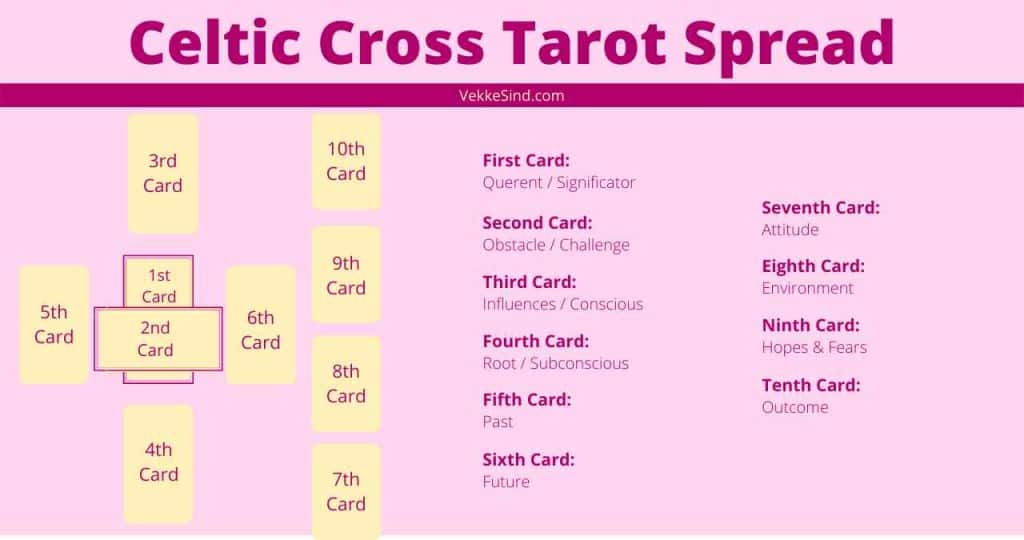
If you’ve always wanted to learn the Celtic Cross spread but were too overwhelmed to try – we’ve got you covered. The key to learning this classic 10 card spread is to understand the relationship between the positions and to read it as a narrative.
It’s not enough to know the meaning of each individual card – to truly gain insight – you must read it as a whole. And that’s exactly what we’re going to show you how to do!
I’ve also written an article related to this that discusses “When to use the Celtic Cross Spread”. At the end of this post, I’ve also included links to other articles that relate to this one.
Learning the Celtic Cross: The Breakdown
If you search “learn the Celtic Cross Tarot spread” online, you’ll find many different takes on it. I’m using a slightly modified version of the original – with a few position names changed and moved for clarity.
Table of Contents
Should I use a Significator Card?
The Significator card is optional. This card, if you choose to use it, represents the querent or the question.
For example, if your question is about how to proceed in a relationship, you might choose card number six of the Major Arcana, the Lovers. (read more about all the Major Arcana cards here.)
While the Lovers card is probably the most misunderstood card in the Tarot – it’s more about important choices and our life path than about soul mates – it fits here on both levels. Court cards are also commonly used to represent the querent.
The drawback of using a significator is that there will only be 77 cards left in the deck. When using one it’s best to choose it from another deck so you still have all 78 cards left to answer your question.
Card 1: The Present
According to Waite – father of the widely-used Rider Waite Tarot deck: “This card gives the influence which is affecting the person or matter of inquiry, generally the atmosphere of it in which the other currents work.” He called this card “What Covers You”.
In plain modern English card, one of the Celtic Cross represents the present and everything going on in the querent’s life right now.
Card 2: The Challenge
Waite called this card “What Covers You” and wrote: “It shows the nature of the obstacles in the matter. If it is a favorable card, the opposing forces will not be serious, or it may indicate that something good in itself will not be productive of good in the particular connection.”
Since it crosses card one, it helps to think of the challenge card as your cross to bear or what stands in the way of what you want.
If the card in the second position is a ‘positive card’, it means there won’t be any major obstacles between you and the desired outcome. If it’s a ‘negative’ card, like Death or the Devil, that means that it will be harder to get what you want.
Many Tarot readers choose to apply the upright meaning to this card regardless of how it falls.
Card 3: Below
Waite referred to this as “What is Beneath him” and said: “It shows the foundation or basis of the matter, that which has already passed into actuality and which the Significator has made his own.”
In plain English – this card is a snapshot of what you’re asking about – it’s the foundation of the situation.
It could represent unconscious attitudes toward the question – for example, seeing the Five of Pentacles if you’re asking about finances would mean that you have a poverty mindset and don’t believe your situation will improve.
If you ask about love and see the Ten of Swords here, it could indicate that painful past relationships make you feel that you’re unworthy of love.
Whatever it is, card 3 tends to show us why we are asking what we’re asking.
Card 4: The Past
Waite wrote of the position he referred to as “What is Behind him”: “It gives the influence that is just passed, or is now passing away.” That usually means past events that are still affecting your current situation or mindset.
This card may have a strong influence on the foundation of the matter (card three).
Card 5: Above
According to Waite, “it represents (a) the Querent’s aim or ideal in the matter; (b) the best that can be achieved under the circumstances, but that which has not yet been made actual.” This card is also called “What Crowns him”.
In other words, you can think of card five as the best-case scenario given the circumstances or a possible outcome. While there are many variations on this position, “unconscious factors” is popular, I think of it as what’s likely to happen based on the current circumstances and as a result of the recent past.
Card 6: Future
Waite said card six: “shows the influence that is coming into action and will operate in the near future.” He called it “What is Before him”.
Whether this card manifests as a person, event, or obstacle in your life – you can be sure it will affect the outcome. Whatever it is will happen soon.
Card 7: You
Waite wrote: “The seventh card of the operation signifies himself—that is, the Significator –whether person or thing—and shows its position or attitude in the circumstances.”
The seventh card represents you in the now. It’s a reflection of your state of mind, attitude surrounding the inquiry, and actions you are taking in the situation. Some Tarot readers also call this the advice card and refer to it to change an undesired outcome.
Card 8: Your Environment
“The Eighth Card signifies his house, that is, his environment and the tendencies at work therein which have an effect on the matter—for instance, his position in life, the influence of immediate friends, and so forth,” Waite said. He referred to position 8 as “His House”.
A ‘negative’ card here is a warning that someone close to you may not have your best interests in mind and may actively try to negatively impact the outcome. A ‘positive’ card here usually indicates someone or something that can help you to get what you want.
Card 9: Hopes and Fears
Waite didn’t elaborate much on card 9 of the Celtic Cross. This position causes much confusion among both novice and experienced readers alike.
It helps to think of the Hopes and Fears position as insight into your expectations in the matter.
If the card is ‘positive’ – it shows that you have what it takes to create the desired outcome – while a ‘negative’ card indicates potential struggles – usually caused by your actions.
Card 10: The Outcome
Of the final card, called “What Will Come,” Waite wrote: “The Tenth is what will come, the final result, the culmination which is brought about by the influences shown by the other cards that have been turned up in the divination.”
This is the card you’ve been waiting for – the answer to your question. However, it’s important to read it within the context of the other cards. It’s also important to remember that this is the likely outcome – what will happen if nothing changes?
Tarot Reading, 5-Minutes Free!
I’ve recently started working with an online psychic reading company and I’ve received some great feedback. Check it out, then let me know your experience.
Click here to receive a Tarot Reading
So if you don’t like that final card – or any of the cards, remember that you have the power to change them by changing your course of action.
The Story of You: Interpreting the Celtic Cross
Now that you’ve learned the card positions it’s time to put it all together. The easiest way to read the spread is to break it down into two parts: The small cross (cards 1-6 on the left) and the staff (cards 7-10 on the right).
You can think of cards 1-6 in the cross as a picture of your life now, while cards 7-10 in the staff focus on you in your environment.
Cards 1 and 2 can be read together to determine the core issues of the question, and then card 3 represents the foundation of the matter.
Next, interpret cards 4 (Past), 1 (Present), and 6 (Future) as a three-card past, present, and future spread.
Then look at the dynamics between cards 5 (Above), 6 (Future), and 10 (Outcome) to see what the future looks like.
You can also compare card 4 (Past) and card 9 (Hopes/Fears) to get a sense of how past events have shaped your beliefs and attitudes toward the situation.
Red cards 7 (You) and 8 (Your Environment) together to better understand how you and those around you perceive the issue.
Whatever you do – don’t try to interpret each card in the spread individually because it won’t make any sense. In life we don’t regard each event that happens as something separate from the rest of our lives – we view it as a small part of a whole.
The same rules apply when reading the cards in the Celtic Cross. The reading represents many dynamics within one situation – and our past is not excluded from that.
It’s also important to remember that in most circumstances you have the power to change the outcome. For more insight, you could draw a clarifier card on the outcome – or try another Celtic Cross using the outcome card to see what you can do to change course.
I also talk about how to use the Celtic Cross spread to manifest your reality. Read that in this article, “When to use the Celtic Cross Spread.”
Like everything else, the only way to master this 10-card Tarot spread is with frequent practice.
Get a Psychic Reading, 5 Minutes Free
If you are interested in getting a tarot reading, then as a VekkeSind reader, you can get 5 minutes free. Try it now, click here.
I’d love to hear about your experience. Please connect with me, after you’ve had a reading…
- When to use the Celtic Cross Spread
- What are the best questions to ask in a tarot reading?
- How to read the Major Arcana Cards
- How to read the Minor Arcana Cards
Other Tarot Spread Articles
- Best tarot spread layouts
- Best tarot spreads for beginners
- Best tarot spread for relationships
- Best tarot spread for love
- How to do that Celtic Cross Spread
- When to use the Celtic Cross Spread
- Past life tarot Spread
- Best Tarot Spread for Guidance
Shop On Amazon
Have you ever wanted the sound of the ocean splashing in the background as you work at your desk, or cook dinner in the kitchen?
The White Noise Maker is something I use every day. It has 6 sound options including Thunder, the sound of the Ocean, a summer night, rain, and white noise.
I love the sound of rain playing in the background, or the sound of the ocean waves crashing on the sand. Sometimes I use it when I go to bed, or even in my office with my Asakuki Diffuser giving off the gentle scent of lavender in the air.
It`s also nice having the Himalayan salt Lamp on in the background with my Crystal Tree of Life next to it. I have them in my office and they create a “zen” feel for me while I’m working.
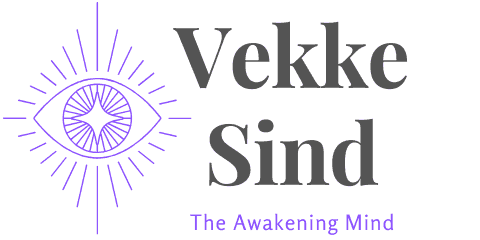

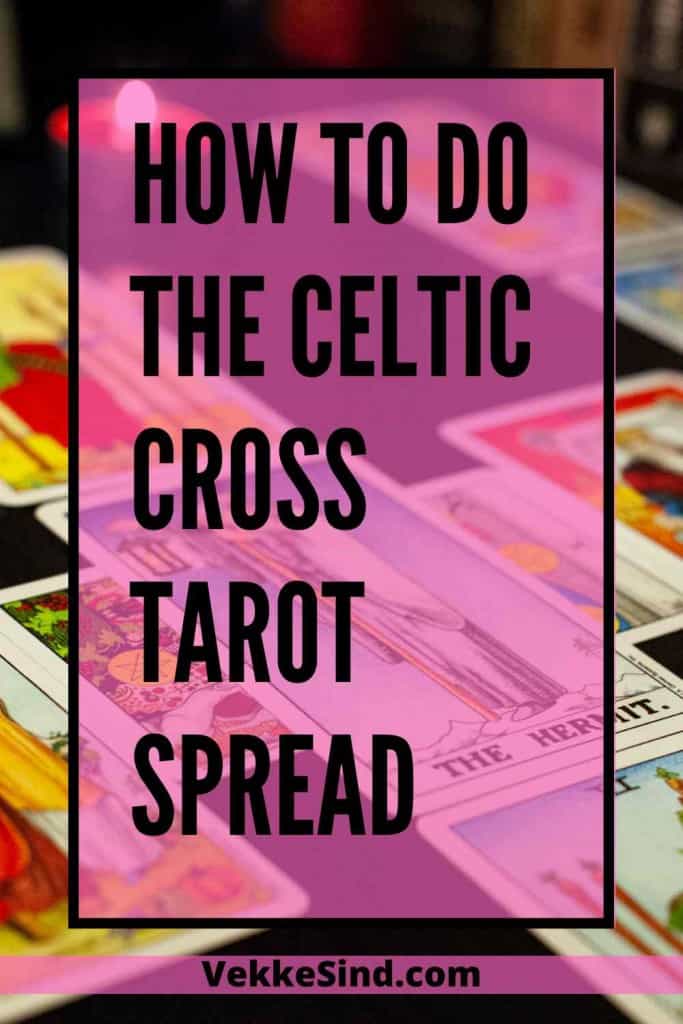
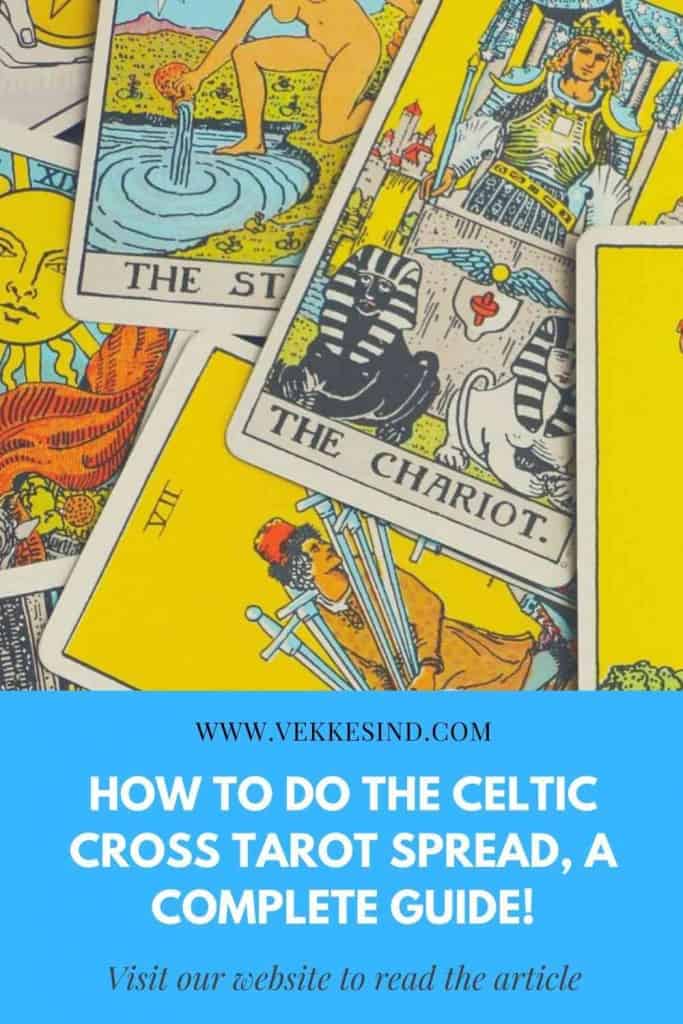
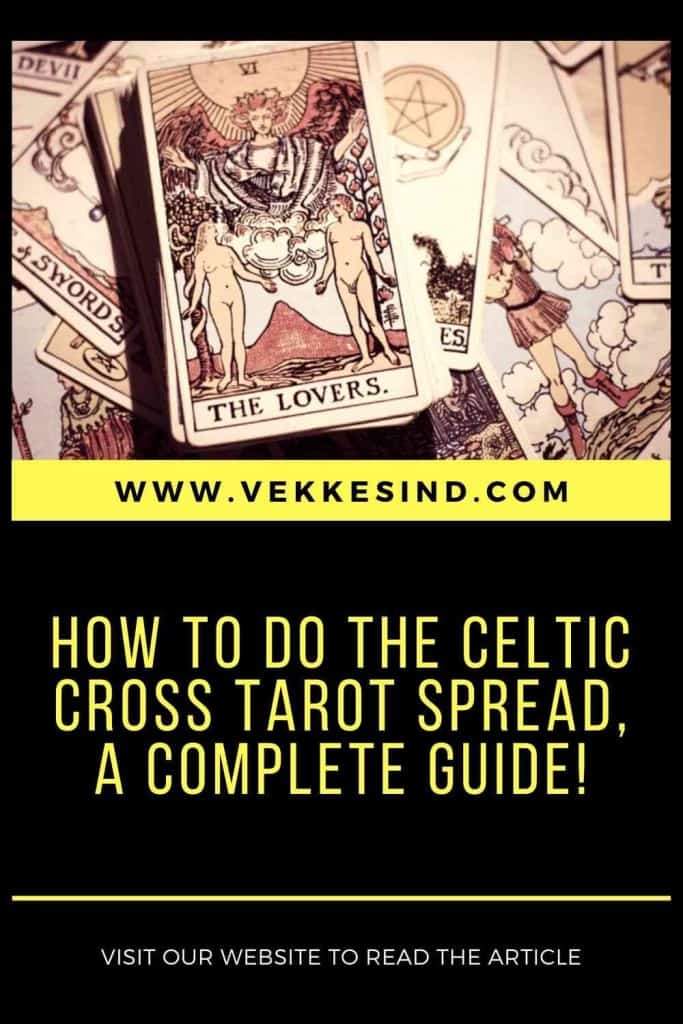
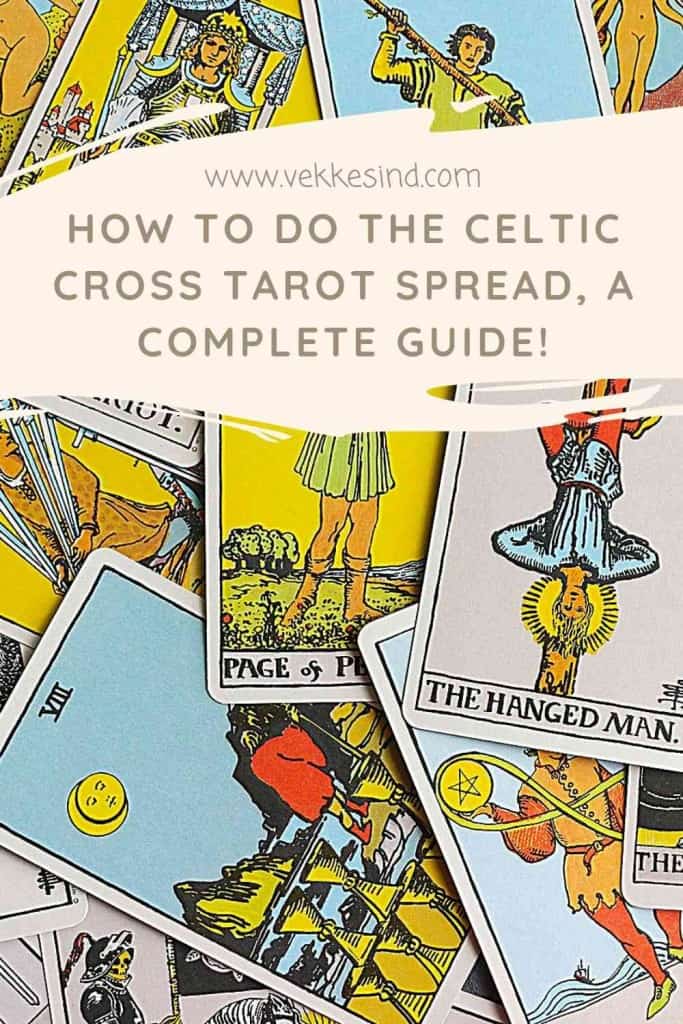
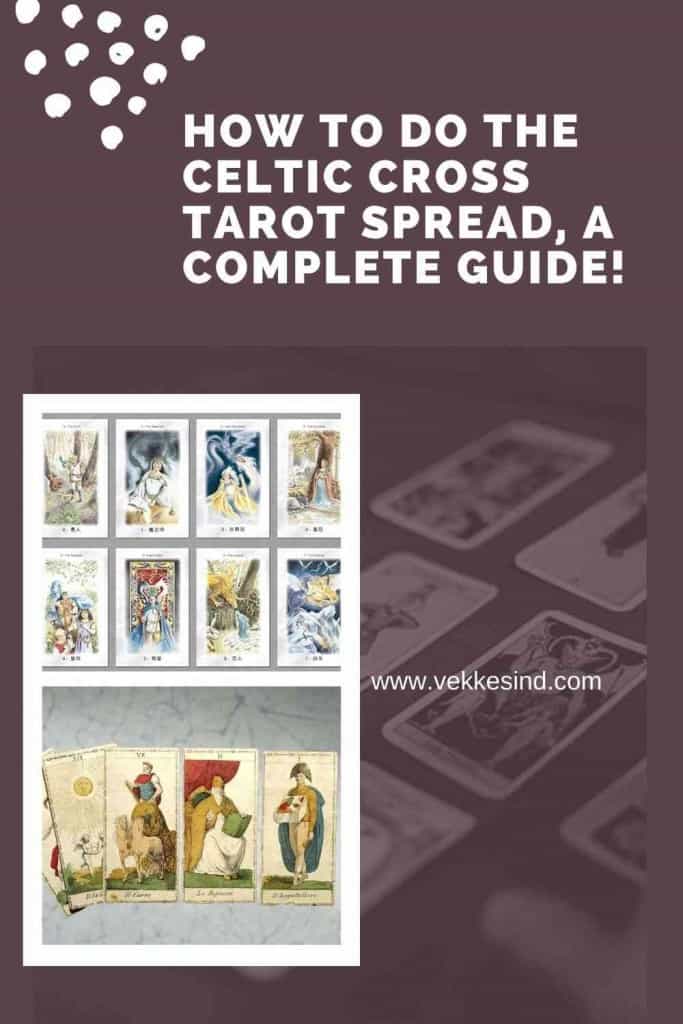
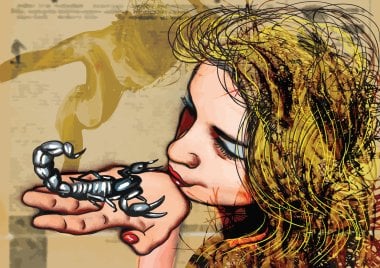
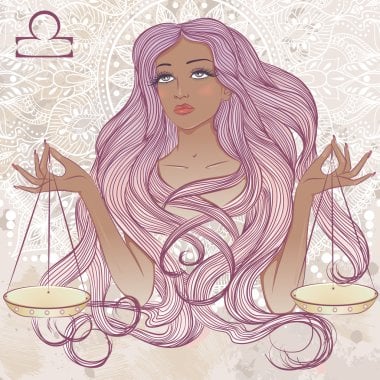
Leave a Reply